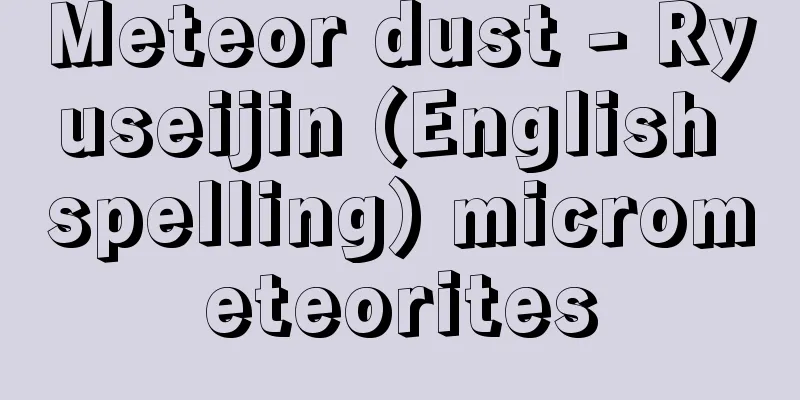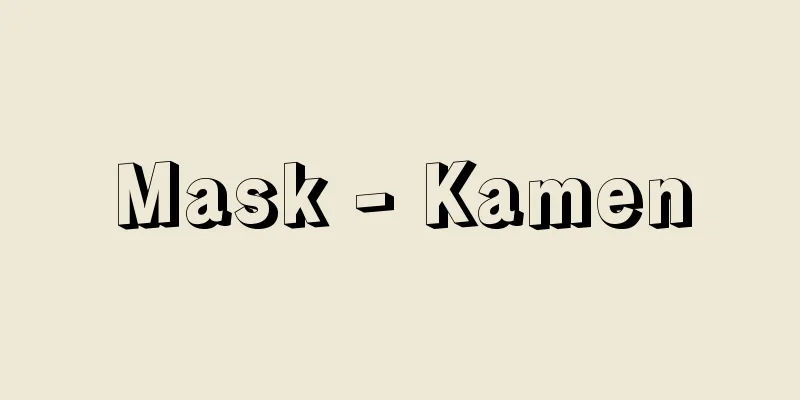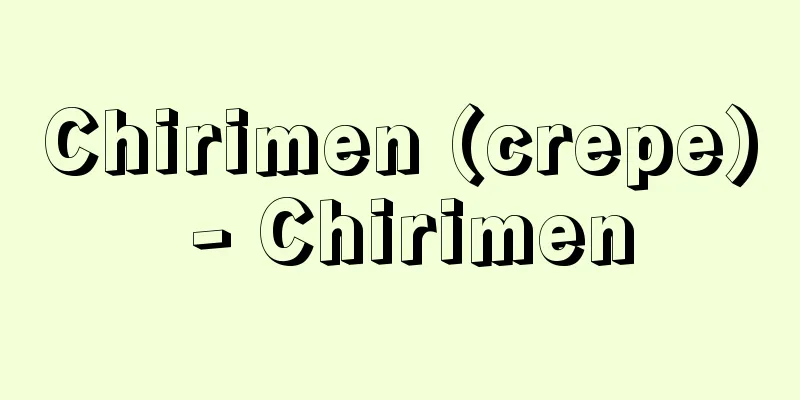Meteor dust - Ryuseijin (English spelling) micrometeorites

|
Meteor dust particles with a diameter of 0.1 mm or less that fall to Earth from outer space include those that are too small to cause meteor phenomena, and those that have disintegrated into fine particles after burning up from meteors. In reality, it is difficult to completely distinguish them from the fine particles dispersed as flue gas from factories on Earth. According to high-altitude observations using rockets, the amount of meteor dust that falls to Earth every day is about 1,000 tons. Source: Encyclopaedia Britannica Concise Encyclopedia About Encyclopaedia Britannica Concise Encyclopedia Information |
|
宇宙空間から地上に落ちてくる直径 0.1mm以下の宇宙塵微粒子で,あまり小さいため流星現象を起さないもの,流星が燃散って微塵となったものなどが含まれる。実際には,地上の工場などから排煙として散布された微粒子と完全に見分けることはむずかしい。ロケットによる高空観測の結果では,毎日地球に降り注ぐ流星塵物質の量は約 1000tに達する。
出典 ブリタニカ国際大百科事典 小項目事典ブリタニカ国際大百科事典 小項目事典について 情報 |
>>: Meteor shower - Ryuseigun (English spelling) Meteoric stream
Recommend
Subtropical Gyre
Anticyclonic circulations exist in the subtropical...
Kyoshu - Kyoshu
…It has been mined as “Unto” for over 1800 years,...
Urayama Valley - Urayama Valley
The valley of the Urayama River flows into the Ara...
Carassius auratus (English spelling)
...It is a breed of crucian carp (family Cyprinid...
Egyptian opithecus
...The former is in a transitional position betwe...
Marine sediments - marine sediments
Sediments transported and deposited by seawater. ...
Natural history
In a broad sense, it is a science that studies th...
Kazimierz Dejmek
1924‐2002 Polish director. Known for his orthodox ...
Pierre Carlet de Chamblain de Marivaux
French playwright and novelist. Born in Paris. Sp...
Adult entertainment business - Adult entertainment business
This refers to cabarets, waiting rooms, restaurant...
Pills
…Typical pills include potassium iodide pills as ...
Epi isomer - epiisomer
Please see the "Epimer" page. Source: E...
Reverse window dressing
…Window dressing generally includes both overstat...
hoard
…In European archaeology, this refers to ruins an...
Yamakagashi - Yamakagashi
A snake of the order Squamata, family Colubridae....









